Restoring Nature to Where We Live, Work, and Play
Destroying Nature for Traditional Urban Development & Growth Threatens Our Future...
UER believes there’s an urgent need to reverse the negative effects of traditional urban (and suburban) development on our local and regional ecosystems, especially in growing urban regions. Traditional development and associated landscaping practices continue to devastate and disrupt natural systems and cycles by converting natural areas into buildings, hardscapes, and turf-grass lawns–a process that causes or contributes to climate change, air and water quality degradation, loss of biodiversity, declines in public health, and the loss of essential ecosystem services.
But it doesn’t have to be this way.
We can build and grow cities differently. We can heal our local and regional ecosystems by retaining and expanding Eco-Functioning Spaces where we live, work, and play.
Climate Change
Biodiversity Loss / Mass Extinction
Public Health Decline
Loss Of Ecosystem Services
Climate Change
Biodiversity Loss / Mass Extinction
Public Health Decline
Loss Of Ecosystem Services
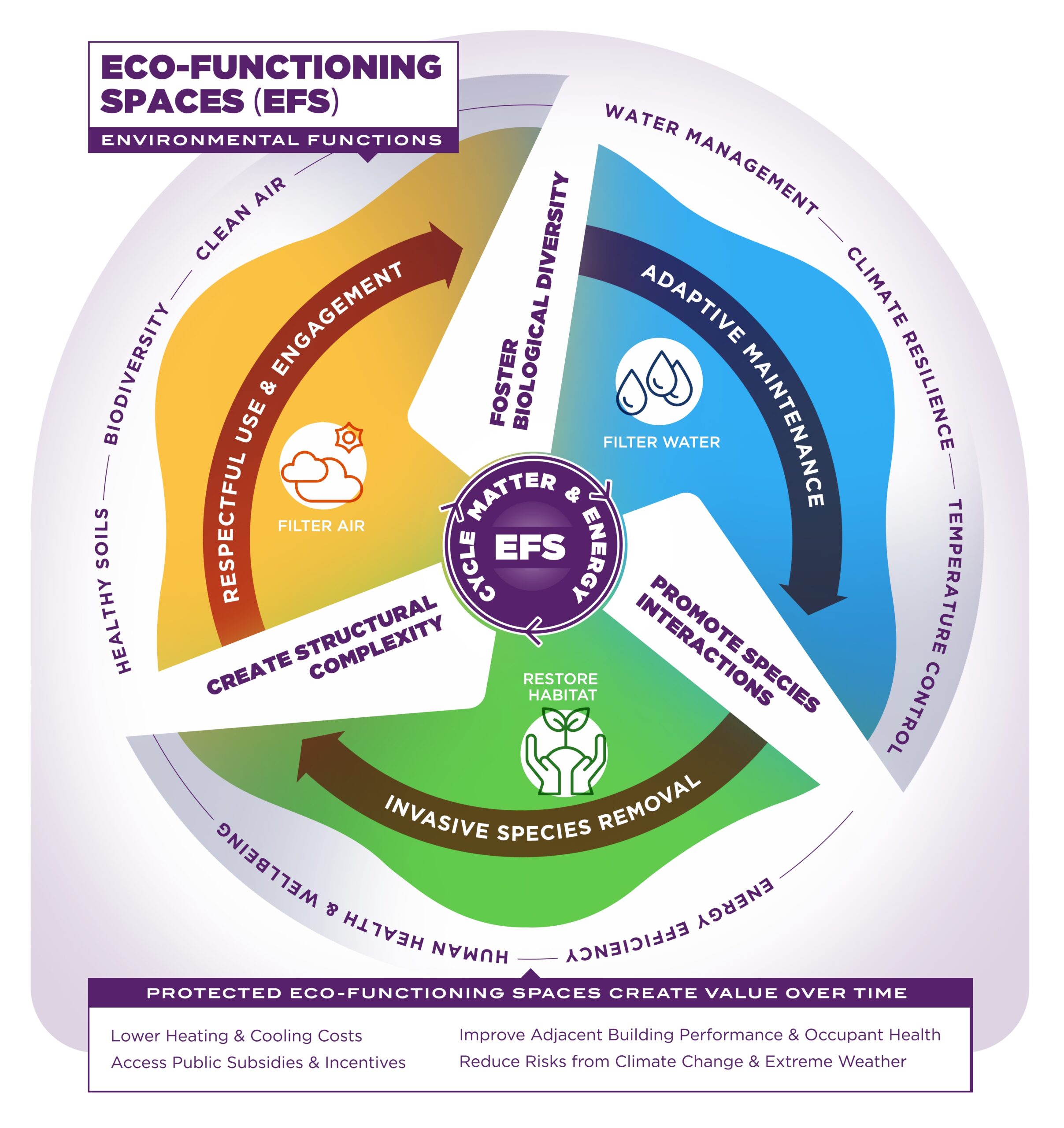
UER’s Response To These Problems & Core Beliefs
UER advocates for a different approach to urban development. Our goal isn’t to stop urban development, but to transform it. At UER, we believe that it is not only essential to stop converting natural areas to urban land uses, but that we must convert sub/urban space within cities back to Eco-Functioning Spaces® (EFS): that is, restoring ecosystem function to urban lands is essential for reversing the many problems urban development and expansion have caused. By rethinking urban planning and design (and the way we build our cities), we can create cities that are more environmentally friendly, socially inclusive, and economically sustainable.
EFS are living systems that are specifically designed to use or replicate pre-existing ecosystems in sub/urban areas for the environmental, economic, and social benefit of urban communities and the health of the regional ecosystems in which they sit. EFS, when designed, maintained, and used as recommended, restore the health of regional ecosystems and create valuable ecosystem services as a result.
UER works with owners to create and protect EFS that add value and/or reduce costs for the site on which they are located while benefitting surrounding neighborhoods or urban districts. We believe that if we restore, steward, connect, and spend time in EFS, we can solve the problems traditional urban growth has caused.
Our Story
At UER, our journey began with a passion for restoring the connection between people in cities and nature–for the benefit of both. Founded by Rachel Toker in 2014, UER’s mission is to bring nature back into cities by growing Eco-Functioning Spaces®, to reconnect the fabric of the ecosystems that sustain us all, and, in the process, to improve public health and climate resilience for urban residents.
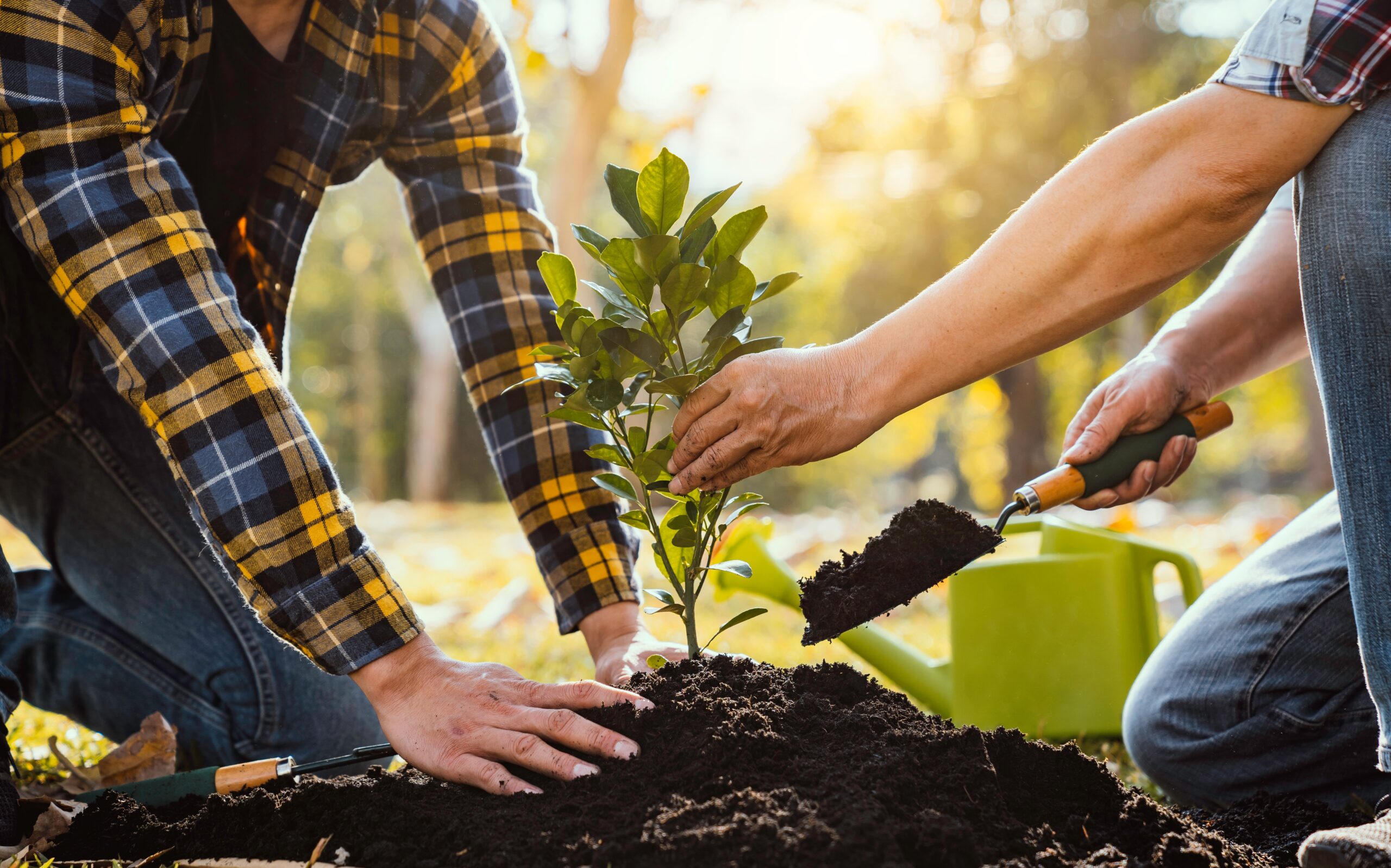
How can you be part of the solution?
UER has developed a range of programs to help you, your neighbors, and your companies select sites for and create, restore, steward, maintain, and protect Eco-Functioning Spaces. Even taking the time to understand what Eco-Functioning Spaces are and why they are so important is valuable (check out our Resource Center for information and technical assistance products). Every effort in any of these areas — no matter how small — makes a difference and helps us reverse the trajectory we, as a society, are on today. Scroll down to see what programs you can take advantage of where you live, work, or play.
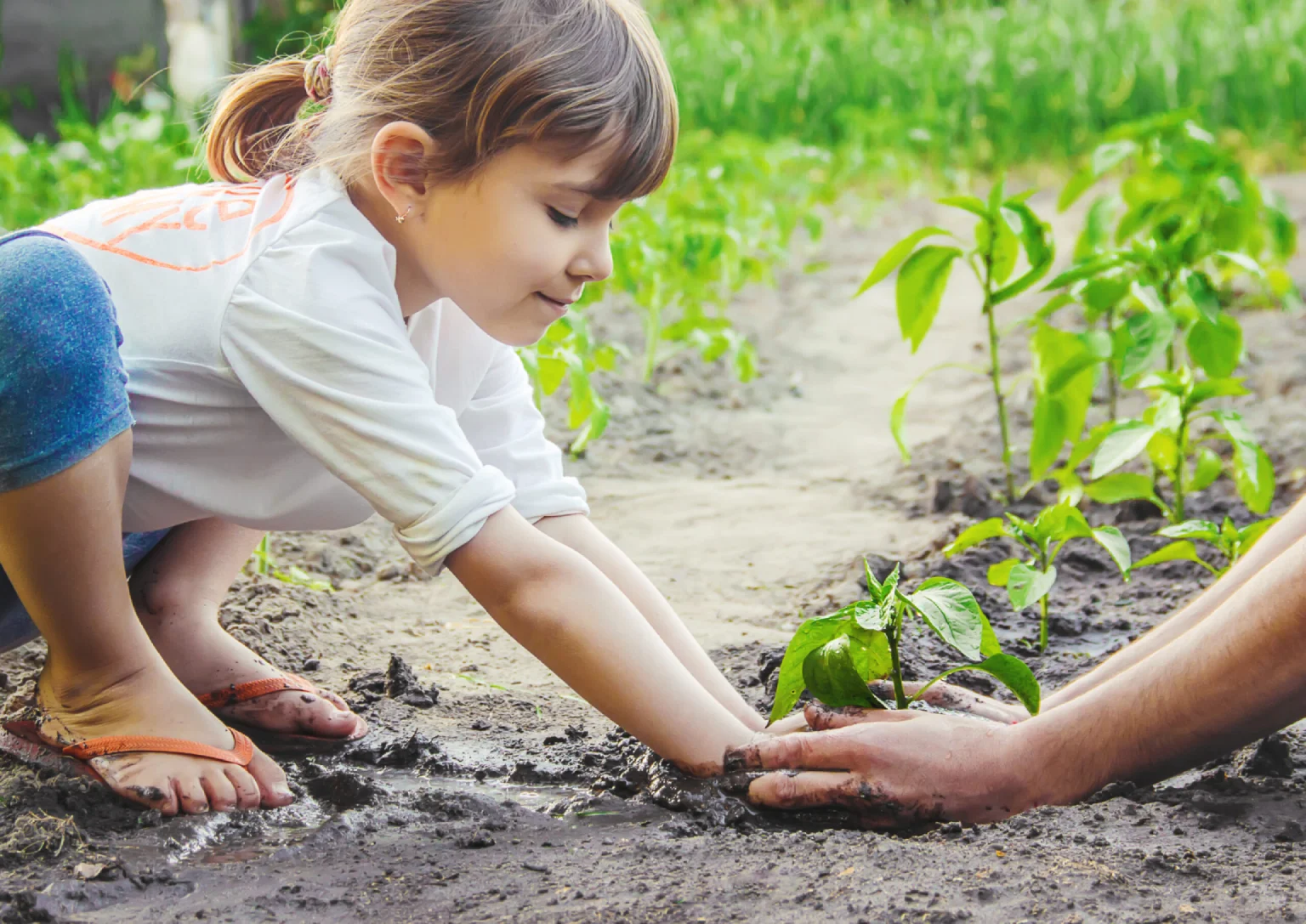
Create & Restore
If you are a landowner, developer, homeowner’s association, building owner’s association, major tenant, or tenant association, we can show you how to create or restore Eco-Functioning Spaces on your land (or the land you occupy) through our Healthy Habitats Program. We can work with you, or connect you to contractors with the right kinds of expertise, to create Eco-Functioning Spaces® (EFS) in strategic locations that improve local air quality, building performance, and climate resilience.

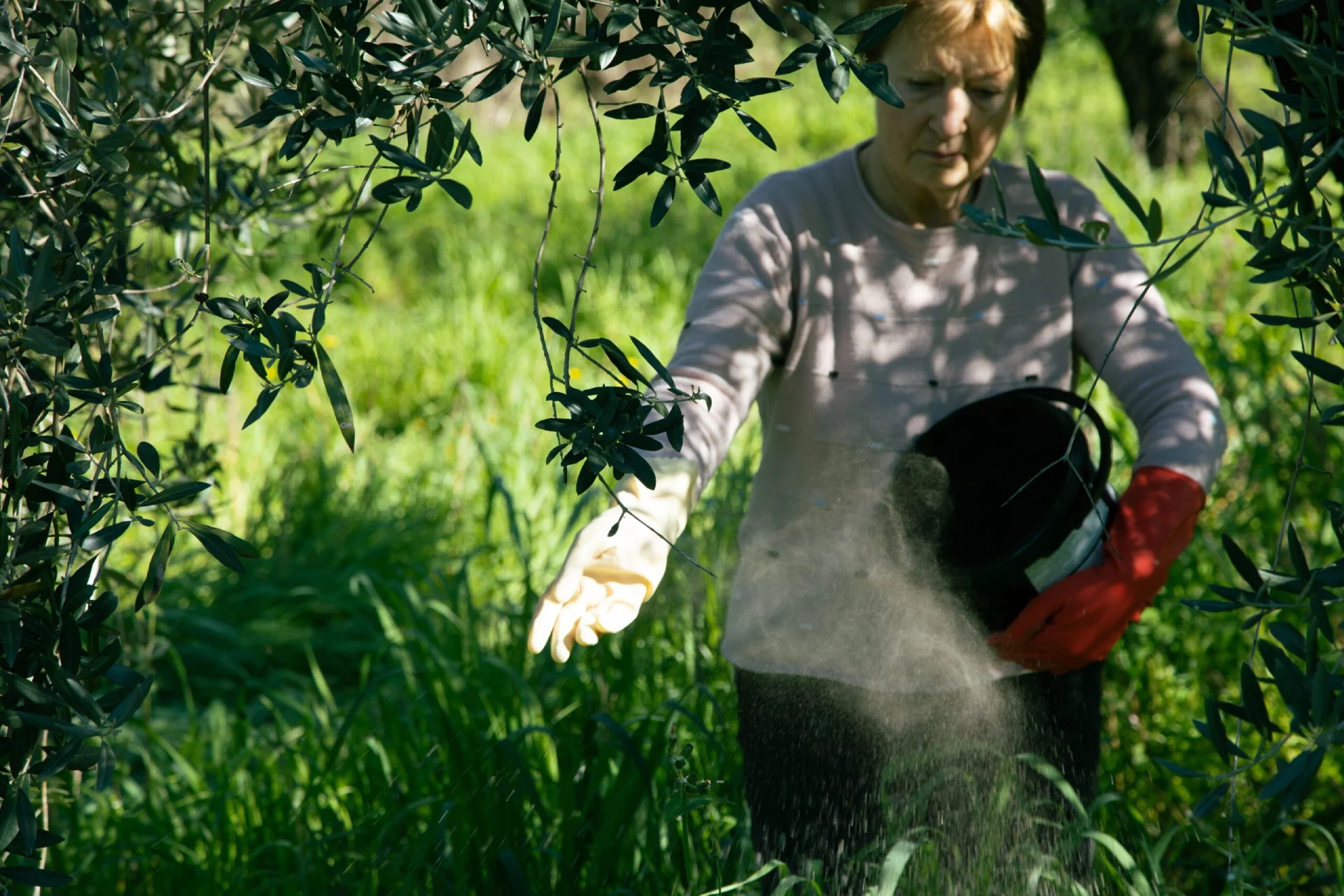
Protect & Steward
You can access our Long-Term Stewardship Program for help maintaining your Eco-Functioning Spaces — to ensure they thrive for many years, while maintenance costs go down. UER works with communities and landowners to help them protect their Eco-Functioning Spaces by implementing monitoring and maintenance oversight and accountability agreements. We enter into cooperative agreements with owners that provide mutual commitments to share specialized maintenance expertise and ensure that EFS are meeting EFS criteria and thriving long into the future. We also work with landscaping contractor teams to ensure appropriate care for EFS and provide project-specific guidelines with updates as EFS grow, develop, and change.

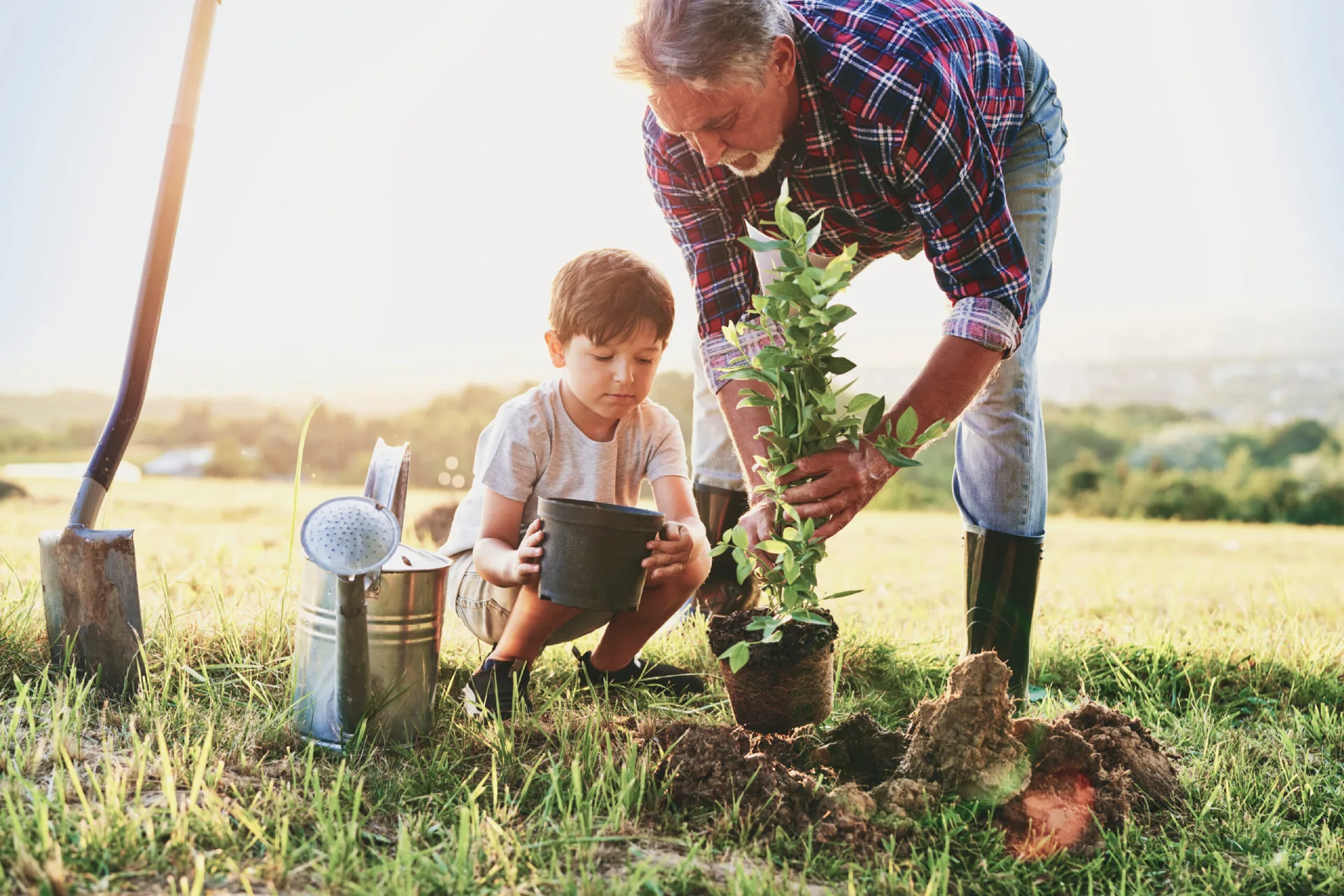
Aggregate & Connect
To participate in our EFS Networks Program, you can work with us to identify and target urban areas or sites that need EFS or other kinds of urban nature to build green infrastructure connectivity and strengthen regional ecosystems – maybe you own a parcel of land in an area that can support greenway connections or effectively expand the “ecological footprint” of a nearby natural area by implementing EFS. We would love to hear from you! We are also happy to work with public or private initiatives focused on developing robust green infrastructure (and EFS) networks at the neighborhood, city, or regional level.

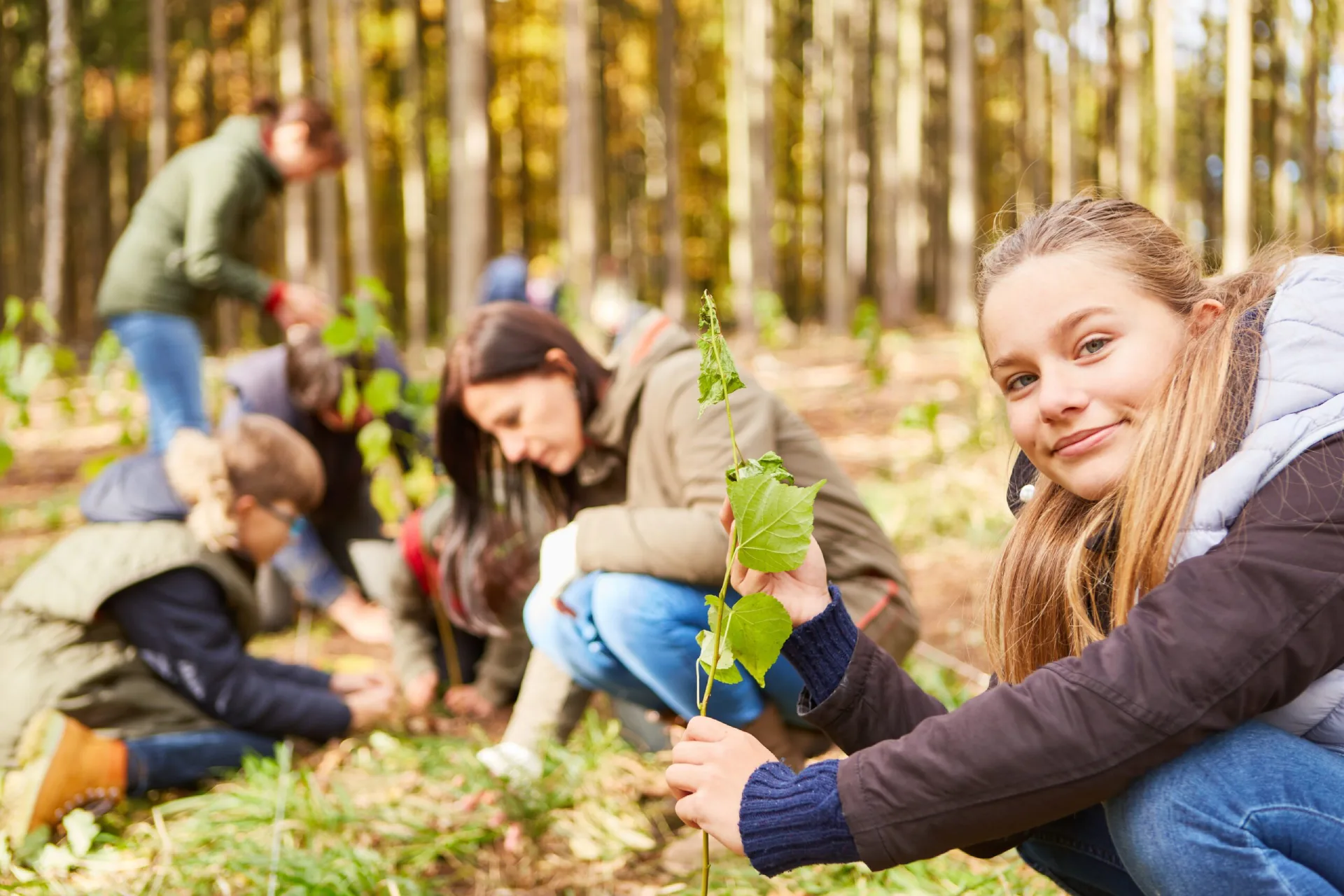
Engage & Educate
Through our Learn & Spread the Word Program, UER develops educational programming about natural ecosystems and Eco-Functioning Spaces to help more and more people understand their power to use their lands to address climate change and other environmental dangers. We can teach you — or audiences you work with — about the key features of EFS and why they are so important, and we can create design and stewardship manuals and guides to promote cost-effective maintenance of EFS. We can help you find EFS in your area and connect you with organizations and contractors who can help you learn, teach, and engage your friends, neighbors, and colleagues in this nature-based movement. We offer webinars and speaking engagements; and we partner with health and STEM programs to connect people’s understanding of health and earth system science with EFS. And finally, our Resource Center is open 24 hours a day.

Explore our Resource Center
Welcome to our Resource Center. Here is where you can find academic research and evidence-based perspectives on global, regional, and local ecosystems — what they are and what they need to be healthy. You can also find fresh perspectives on how we can reconcile human needs with those of our natural ecosystems — and why we must. Here you can learn more about UER’s programs, activities, and unique educational materials. Finally, you can see examples of how Eco-Functioning Spaces are being created, maintained, and protected across the United States — and who is available to help you do the same.
Explore
Here you can find academic and scientific literature, practitioner blogs, and expert perspectives on all aspects of urban ecological restoration.
Learn
Here you can find all the educational and advocacy materials UER has produced for past participants its programs.
Showcase
Here you can find examples of EFS around the United States and the companies and individuals that are bringing UER’s vision to life.
